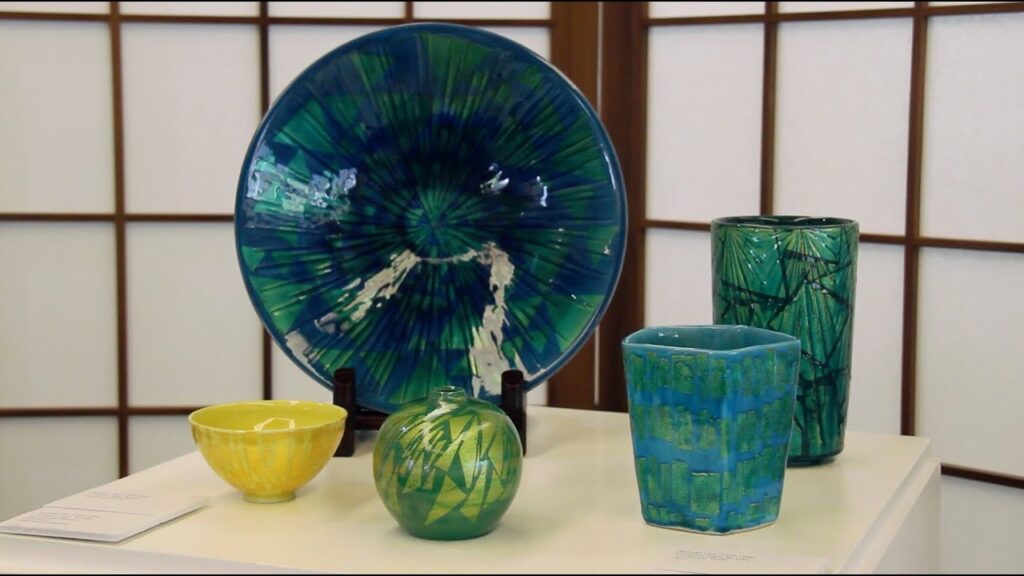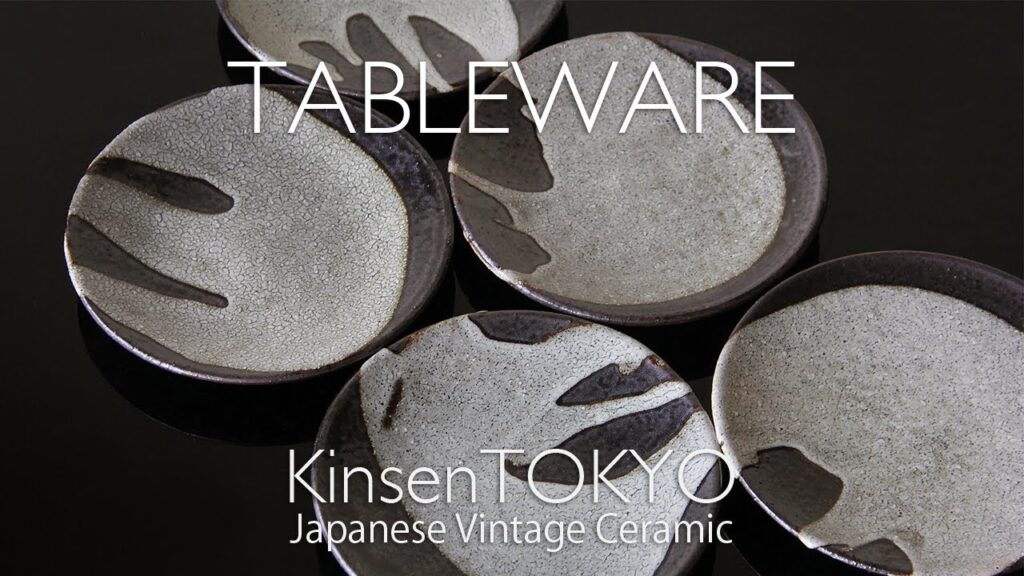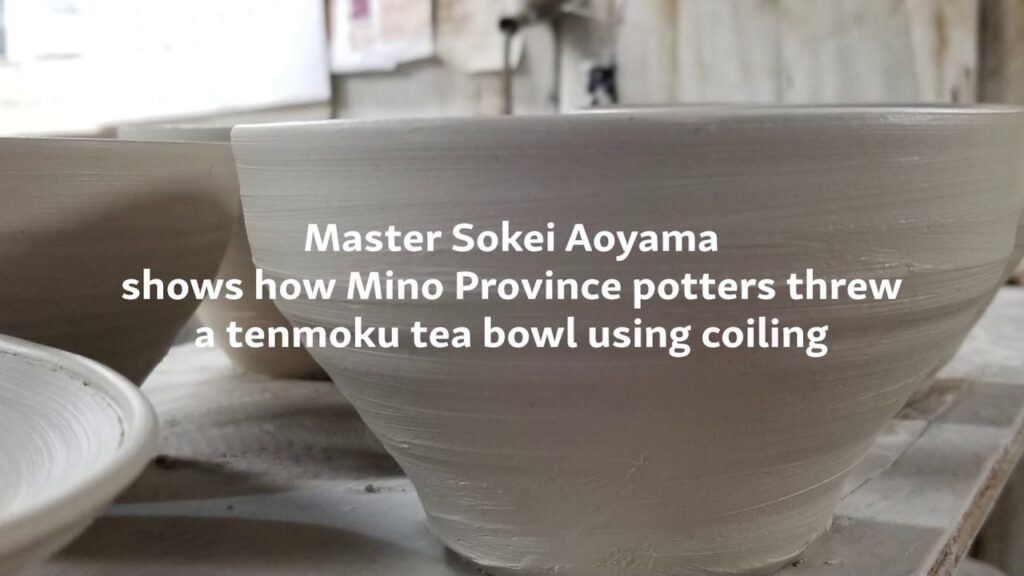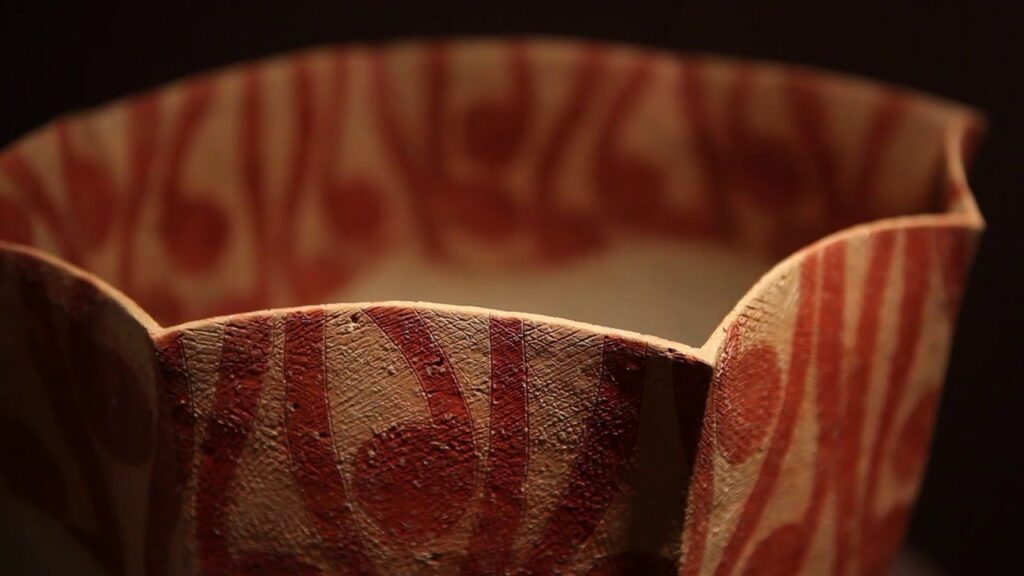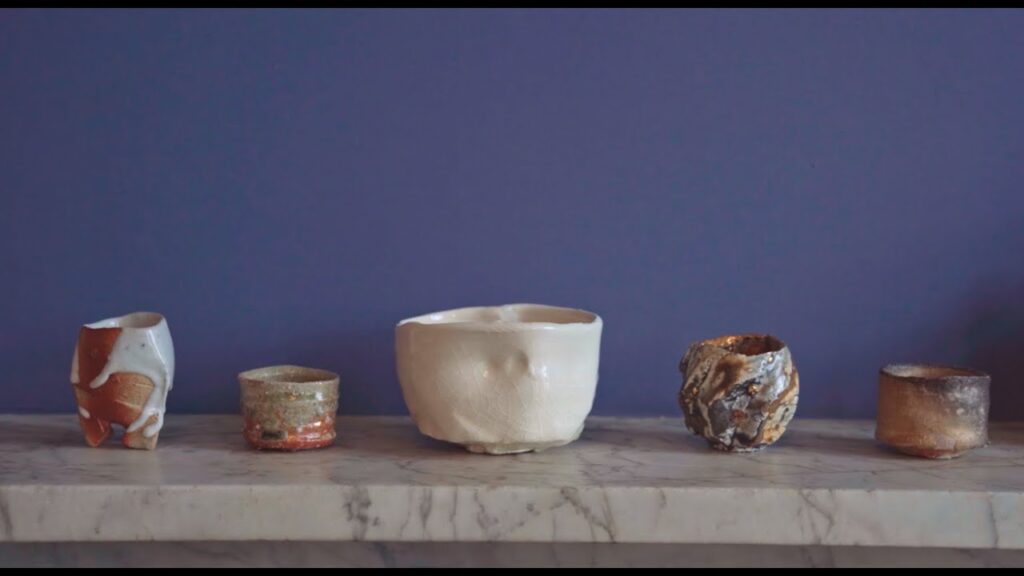Japanese Ceramics
Nisei Week 2022 Japanese ceramics, dolls and flower arrangements.
Nisei Week 2022 Japanese ceramics, dolls and flower arrangements.
Celebration of Japanese American culture and artwork. DTLA Little Tokyo.
Music: Emotional
Musician: PeriTune
URL:
License:
Japan Blue and White Ceramics Big Plates
#JapanSurplus#Ukay#Surplus#Japan Blue and White Ceramics
#Blueandwhiteceramics#BlueCeramics, #Japan Surplus#DisplayPlates#
TABLEWARE vol.3 | Japanese Vintage Ceramics | KinsenTOKYO
↓Online Store
Tableware, vintage ceramics, lacquerware, sake items, etc to enrich your daily life.
Beautiful items sourced from across Japan.
——————————————–
Also available on Etsy.
KinsenTOKYO Etsy.
#japaneseceramic #japanesepottery #tableware #kitchenware #homeandliving #interior #deco #vintageceramic #japanesefood #cooking
A Japanese pottery master throws a classic tenmoku tea bowl
FOLLOW-UP VIDEO here:
Pottery master Sokei Aoyama has spent his life researching ancient techniques and reproducing pottery. In this video, he throws a tenmoku tea bowl using the same technique as the craftsmen of ancient Japan, as far back as the Heian period. Aoyama-sensei is based in Tajimi, Gifu Prefecture, and has traced the production of the white tenmoku (Japanese: shiro tenmoku) to the town of Onada. This pottery is a very rare example of ceramics not having originated in China or Korea, but being unique to Japan.
Contemporary Japanese Ceramics from the Collection of Gordon Brodfuehrer
Nature, Tradition and Innovation
Contemporary Japanese Ceramics from the Collection of Gordon Brodfuehrer
This exhibition explores the evolution of contemporary Japanese ceramics through the work of many artists and a variety of forms, from tea bowls and noodle cups to stunning vases and robust platters. Strong and sculptural, these ceramic pieces also reveal an earthy beauty through abstract forms, soft colors and pools of glaze. These organic objects come from kilns throughout the regions of Japan, and their clear connection to nature will be enhanced with large scale photographs of Japanese landscapes and natural elements.
On view Jun 2, 2012 – Jan 13, 2013 at the Mingei International Museum
Video Produced by Balboa Park Online Collaborative
Encounters with Japan: Collecting Japanese ceramics
Tim Warner-Johnson has been building an interesting collection of Japanese ceramics over the last few years, with limited budget and without going to Japan. His inspiring story shows what can be achieved with passion and focus. He discusses some of his favourite pieces with Sophie.
Tim and Sophie looked at works by the following artists (in order of appearance on the video):
Elspeth Owen (b. 1938)
The very first piece of ceramic acquired by Tim was by Elspeth Owen, a British studio potter active in Cambridgeshire.
Yui Tsujimura (b. 1975)
Living and working in Nara, he is the first son of famed potter Shiro Tsujimura. His signature ash-glazed pieces are fired in a kiln he built for himself in 2000.
Shiro Tsujimura (b. 1947)
One of the leading ceramic artists in Japan today, he lives in the mountains outside of Nara. Self-taught, he creates powerful functional vessels in a wide-ranging repertoire. He shows a particular fondness for a technique known as kohiki in which a vessel is dipped, either partially or in its entirety, in white slip.
Takuro Kuwata (b. 1981)
Living in Gifu Prefecture, Kuwata is best known for his contemporary take on the venerable Japanese tea bowl. Breaking away from traditional aesthetic, he adopts a strong palette, glistening glazes and fractured forms.
Ryuichi Kakurezaki (b. 1950)
Born in Nagasaki, he now lives in Bizen where he has developed his own original style. His sharply cut forms and three-legged vessels have become his trademark.
Kazu Yamada (b. 1954)
Hailing from a family of ceramicists, he produces mostly Mino wares and is especially admired for his mastery of various shino glazes, including the striking ‘dancing fire’ glaze.
Toru Ichikawa (b. 1973)
An apprentice of Ryuichi Kakurezaki, Ichikawa established his own kiln in Bizen in 2015. He creates beguiling, dynamic and colourful ceramics that have earned him a fast-growing popularity.
Ryoji Koie (1938-2020)
One of the most influential figures in the world of Japanese ceramics, Koie was a playful and provocative artist. His very diverse output shows his taste for experimentation and his inclination for breaking the rules.
Master British Ceramicist Bernard Leach, in His Studio, 1952
Above, we present rare footage of master British ceramicist Bernard Leach in his studio in 1952, discussing his artistic process. The film is courtesy of Marty Gross Film Productions Inc., from the upcoming film compendium on the Japanese Folk Craft movement (Mingei).
To browse and bid on works from Leach and other studio ceramics masters, see our online-only 20th Century Japanese and British Studio Ceramics sale, which runs from 14 – 28 October. To learn more about Marty Gross’s ongoing efforts to restore and publish archival footage documenting the Mingei movement, visit mingeifilm.martygrossfilms.com.

